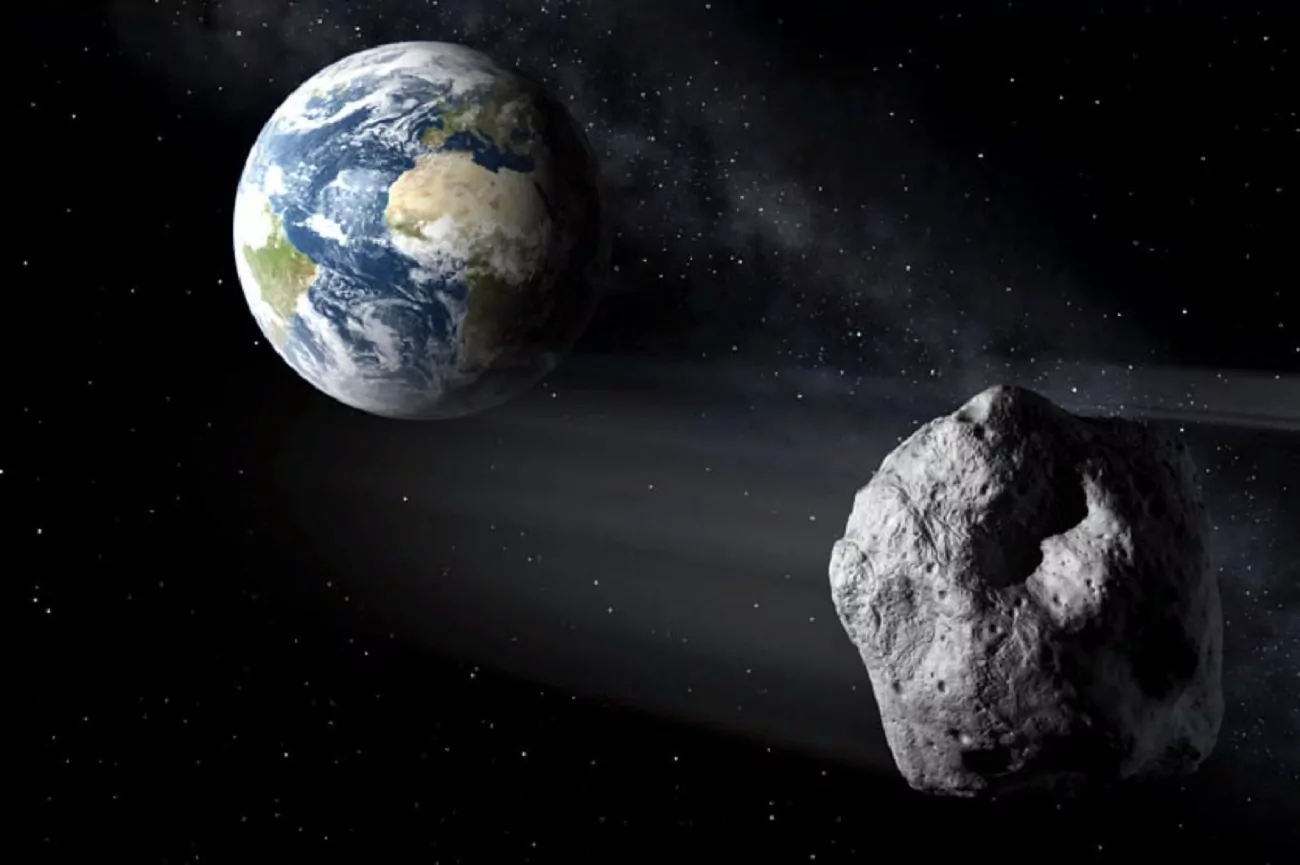Asteroid 99942 Apophis is a near—Earth asteroid that has become the object of attention of scientists and the general public due to its potential threat of collision with Earth. First discovered in 2004, the asteroid has a diameter of about 340 meters and belongs to the class of Apollo asteroids crossing the Earth’s orbit. The history of the study and the threat of collision When the asteroid Apophis was first discovered, calculations showed that it could collide with Earth on April 13, 2029. The probability of a collision was estimated to be quite high, which caused serious concerns. At one point, the probability of impact was estimated as 2.7%, making it one of the most dangerous asteroids known at that time. However, in subsequent years, thanks to more accurate observations and calculations of the asteroid’s orbit, the probability of a collision in 2029 was eliminated. Now scientists are confident that Apophis will pass at a safe distance from Earth — about 31,000 kilometers from the surface of our planet, which by cosmic standards is a very close distance. For comparison, this is closer than geostationary satellites, which rotate at an altitude of about 35,800 kilometers. The flight of Apophis on April 13, 2029 In 2029, the asteroid will pass so close to Earth that it can be seen even with the naked eye. Its brilliance can reach 3-4 magnitude, which makes it visible in the evening sky, especially for residents of the eastern hemisphere.
This will be a unique opportunity to observe a large asteroid of this size from Earth. The Apophis flyby itself will give scientists and astronomers a rare chance to study a near-Earth object from a minimum distance. With the help of ground-based telescopes and, possibly, space missions, it will be possible to study its surface, composition and orbital parameters with high accuracy. Why did it get such a name? The asteroid is named after the ancient Egyptian god Apophis, a serpentine deity of chaos and destruction. This name reflects initial concerns about the potential threat that the asteroid could pose to Earth. Future prospects Although the probability of a collision in 2029 is excluded, scientists continue to observe the asteroid. The orbit of Apophis may change under the influence of Earth’s gravity, and there are small chances of a collision in the distant future, in particular, flights in 2036 and 2068 are being considered, but the risks of a collision are very small. Thus, the asteroid Apophis, despite initial fears, does not pose an immediate threat to Earth in the near future. However, its flight in 2029 will remain a significant event for science and for everyone who is interested in astronomy.
